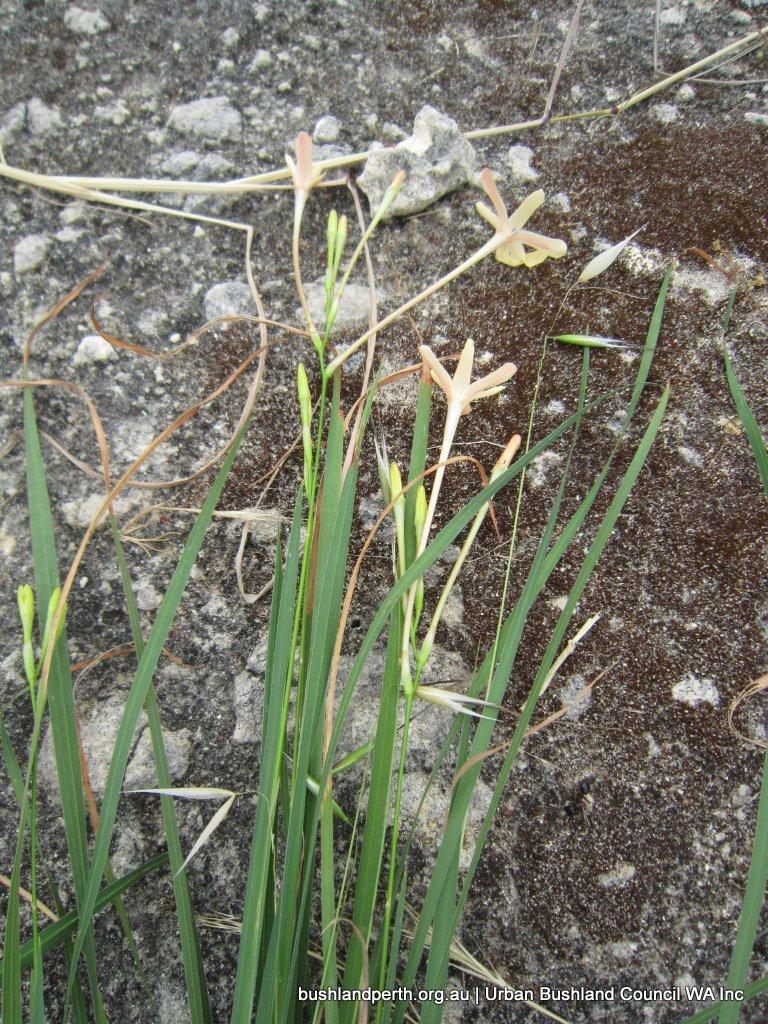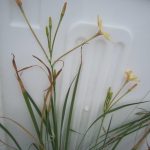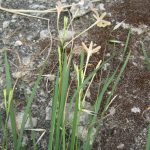Ixia paniculata

Common name
Ixia
Scientific Name
Ixia paniculata
Type of plant
Bulbs or Corms
About this weed
Like many of the corms and bulbs that have now become weeds, Ixia paniculata was originally from South Africa and was introduced as a garden plant. It is less common in bushland than other Ixias. The flowers are cream through yellow to orange and have a distinctive narrow lower tube and a simple array of petals about 4-5cm’s in diameter.
Description
Ixia paniculata grows to about 60 cm in height and the plant dies back after flowering. The corms resprout after autumn and winter rains so are renewed annually. Cream-yellow-orange flowers bloom in August, September and October. It also reproduces by seed and can persist in the seedbank for between 1 and 5 years. It generally survives fire.
Impact on Bushland
If established can impact native plant communities.
Location
This garden escapee is located in only a few places in the South-West Province usually around old settlements and road verges. It prefers loam, sand, sandy or loamy clay or ironstone gravel and is far less common than Ixia maculata.
Priority for removal
Unknown:
Management (hand)
Hand weeding is an option just prior to flowering. But care must be taken to remove all corms and create as little soil disturbance as possible.
Management (herbicide)
Spot spray metsulfuron methyl 0.2 g/15 L + Pulse® (or 2.5 – 5g /ha + Pulse®) or 2,2 DPA 5 g/L+ Pulse®. Apply just on flowering at corm exhaustion. Read the manufacturers’ labels and material safety data sheets before using herbicides. Months for optimal spraying are July, August and September.
Flowering month/s
August, September, October
Flower colour/s
Yellow, Orange, Cream
Information source
https://florabase.dpaw.wa.gov.au/browse/profile/1533
Additional information
https://florabase.dpaw.wa.gov.au/weeds/swanweeds/


